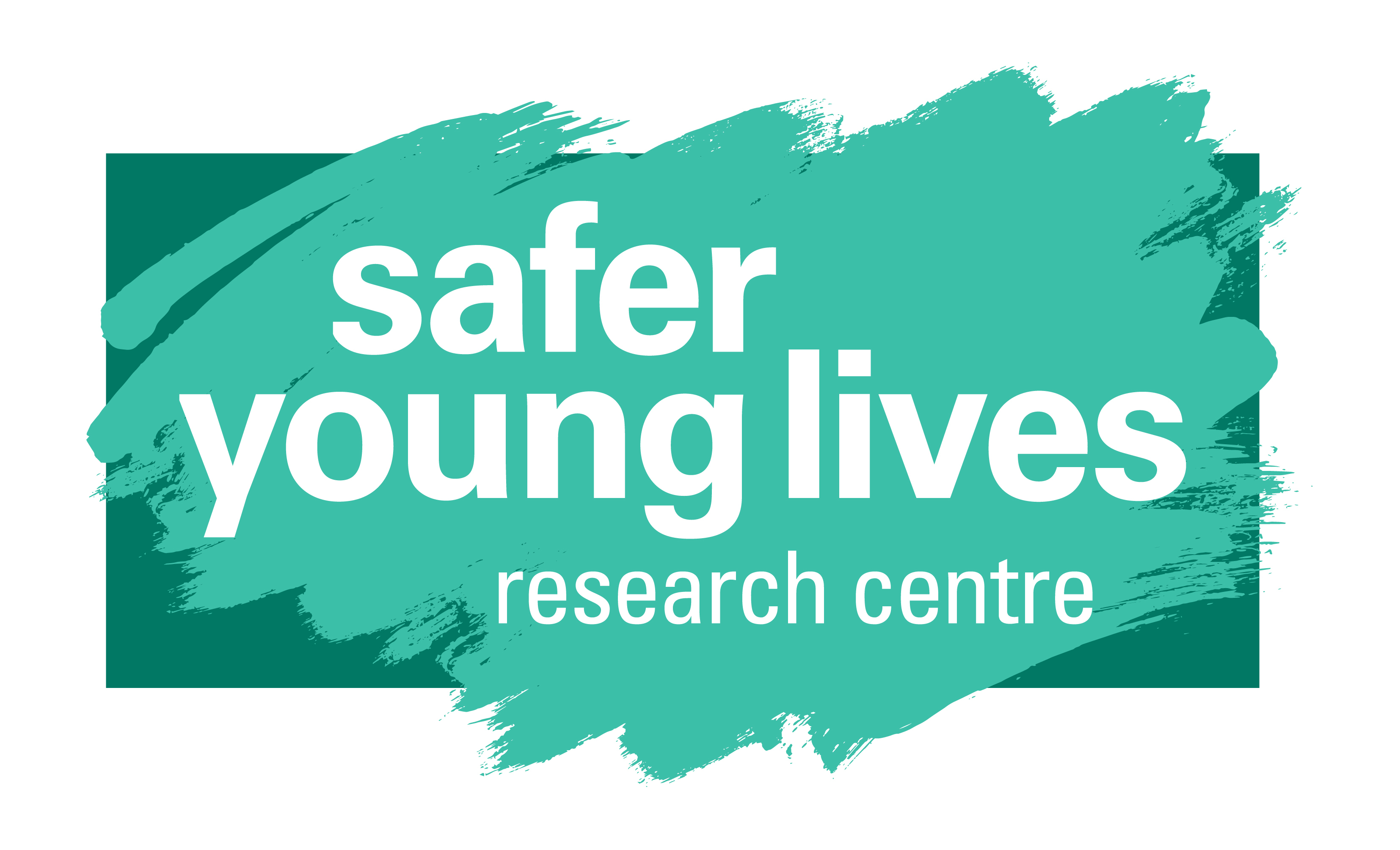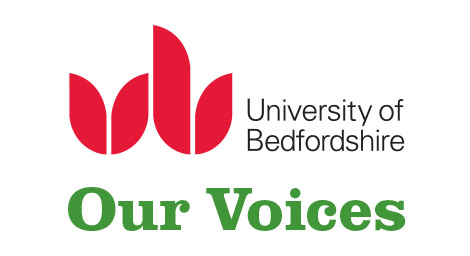Young researchers’ views on what peer support for young people affected by sexual violence should look like

‘Peer support’ can take many forms in various settings: online or face to face, in groups or one to one, facilitated by trained professionals or volunteers, in statutory health or social care services, schools, or the community and voluntary sector. Whilst the literature tends to focus on peer support for young people engaged with mental health and substance misuse services, little research exists on peer support models specifically designed for young people who have experienced sexual violence. As part of the Our Voices Too project we will be undertaking research into the use and impact of different peer support models in three countries in Europe. We consulted with the International Centre’s Young Researchers’ Advisory Panel (YRAP) to identify with them key aspects of peer support in helping us think about how we should define peer support in this project. This blog outlines the key points that emerged from this initial discussion.
Peer supporters should use their own experience of sexual violence to help others facing a similar situation
One of the benefits attributed to peer support is that peers are often in a better position to relate to young people than adults or professionals (Metel & Barnes, 2011; Rogers, 2016; Weisz et al., 2009; Vincent et al. 2007). For the young researchers, however, being a ‘peer’ of the same age group is not necessarily a key component of peer support. What is essential is that peer supporters are able to relate to the young person and offer support based on their own experience. This mirrors the findings in a recent study exploring a peer mentoring service for young women affected by gang exploitation. In this study, mentees valued how mentors shared ‘their ‘self’ and their lived understandings’ and felt a real connection with their mentors because they could speak to them about things they could not speak to others about and trusted their advice based on personal knowledge (Buck et al., 2017). The young researchers from the panel felt uncomfortable with the idea that anyone of the same age with an interest in helping but with no experience of sexual violence could be a peer supporter, voicing concerns over how an unexperienced peer would react to distressing content and on whether they would respect confidentiality. The panel agreed that experience is more important than age, while acknowledging that some young people might find it easier to relate and open up to a peer closer to their age. Being supported by someone with more life experience can add credibility to the peer support process, and one young researcher suggested having a minimum age gap of two years between the peer supporter and the young person.
Peer support should be more than people being in a group together
Providing support on a particular issue is another key function of peer support highlighted by the group. Peer support taking place in group settings should not be confused with ‘participation groups’ in which young people take part in shared activities or projects. Some young people may value the social component within peer support in group settings: studies focusing on this model of peer support highlight the benefits of social interactions between young people sharing the same experience in terms of reducing anxiety and a sense of isolation (Foster et al. 2016; Metel & Barnes, 2011; Nesta and National Voice, 2015). Group settings, however, may not always be the best environment to share personal experiences or make disclosures. In this respect, one to one support can be better suited to providing tailored in-depth support to a young person. Some young people may also prefer to access online peer support models, such as websites, private chats or email groups, for anonymity and ease of access (YouthNet, 2012; Huston & Cowie, 2007). Online models can provide creative ways of overcoming some of the challenges associated with peer support in group settings.
Peers supporters have to be emotionally ready and sufficiently skilled to provide support
Shared experiences is key to peer support, but it is not enough. In order to become a peer supporter, one has to receive adequate training on listening and mentoring skills, and dealing with disclosures (Stanley et al., 2015; Nicholls, 2013; Weisz et al., 2009). Additionally, peer supporters need to have come a sufficient way along their own healing journey to be able to efficiently help another person without facing the risk of retraumatisation. The young researchers disagreed with models of peer support whereby two vulnerable young people who have both experienced or are still experiencing sexual violence (e.g. two service users) support each other. Without any formal structures or monitoring from an expert peer supporter, this approach could end up making these two young people even more vulnerable together as they may not be in a place where they are ready to help one another. One youth researcher further highlighted that different cities face different issues relating to CSE and that it is necessary for peer supporters to have a good understanding of the local context of the areas in which they provide support. It was also pointed out that some young people may prefer to be paired with peer supporters from their same community, ethnicity or cultural background.
Peer support should also include models of peer education focused on sexual violence prevention
The panel discussed the fundamental need for more prevention work and expressed their frustration with the lack of consistency and funding in school sexual violence prevention programmes. Peer education programmes are increasingly recognised as an effective way to engage young people, establish credibility, provide them with a positive role model and increase their knowledge and understanding (Kernsmith et al., 2011; Weisz et al., 2009; Humphreys et al., 2008). Involving peer education or youth leadership components in sexual violence risk education programmes is 'empowering, respectful of youth, and makes programs more relevant to the adolescents' (Weisz and Black, 2010). Peer support schemes adopted as part of a whole-school approach have proved successful in reducing bullying in schools (Dempsey & Halton, 2017; Cowie, 2011; ChildLine, 2005). There is little literature on peer-led sexual prevention and mentoring programmes in schools and this is an area that the panel felt could be further explored as part of the project.
The young researchers’ input is invaluable and we are looking forward to actively involving them in the research process and working together to shape this project.
References
Buck, Gillian, Angela Lawrence, and Ester Ragonese. "Exploring Peer Mentoring as a Form of Innovative Practice with Young People at Risk of Child Sexual Exploitation." The British Journal of Social Work (2017).
ChildLine. (2005). Every school should have one – How peer support schemes make schools better. London: National Society for the Protection of Cruelty to Children.
Cowie, H. (2011). Peer support as an intervention to counteract school bullying: Listen to the children. Children & Society, 25(4), 287-292.
Dempsey, M., & Halton, C. (2017). Construction of Peer Support Groups in Child Protection Social Work: Negotiating Practicalities to Enhance the Professional Self. Journal of Social Work Practice, 31(1), 3-19.
Foster, K., McPhee, I., Fethney, J., & McCloughen, A. (2016). Outcomes of the ON FIRE peer support programme for children and adolescents in families with mental health problems. Child & Family Social Work, 21(3), 295-306.
Humphrey, C., Houghton, C., & Ellis, J. (2008) Literature Review: Better Outcomes for Children and Young People Experiencing domestic abuse – Directions for Good Practice. Edinburgh. Scottish Government.
Hutson, N., & Cowie, H. (2007). Setting up an email peer support scheme. Pastoral Care in Education, 25(4), 12-16.
Kernsmith, P. D., & Hernandez-Jozefowicz, D. M. (2011). A gender-sensitive peer education program for sexual assault prevention in the schools. Children & Schools, 33(3), 146-157.
Metel, M., & Barnes, J. (2011). Peer‐group support for bereaved children: a qualitative interview study. Child and Adolescent Mental Health, 16(4), 201-207.
Nesta and National Voices. (2015). Peer support: What is it and does it work? Summarising evidence from more than 1000 studies. Accessed on https://www.nesta.org.uk/sites...
Nicholls, J. 2013. ‘Care vs Control: how Peer Education can change attitudes’. Safe: the domestic abuse quarterly, Iss. 47
Rogers, J. (2016). ‘Different’and ‘Devalued’: Managing the Stigma of Foster-Care with the Benefit of Peer Support. The British Journal of Social Work, Volume 47, Issue 4, 1 June 2017, Pages 1078–1093.
Stanley N, Ellis J, Farrelly N, Hollinghurst S, Bailey S, Downe S. Preventing domestic abuse for children and young people (PEACH): a mixed knowledge scoping review. Public Health Res 2015; 3(7). Vincent, S., Warden, S., & Duffy, M. (2007). Helping them to help each other. Future, 33(42.2), 24-0.
Weisz, A., & Black, B. M. (2009). Programs to reduce teen dating violence and sexual assault: Perspectives on what works. Columbia University Press.
Weisz, A., and Black, B. (2010) ‘Peer Education and Leadership in Dating Violence Prevention: Strengths and Challenges.’ Journal of Aggression, Maltreatment and Trauma, 19 :641-660.
YouthNet. (2012). The role of online and online peer support for young people who self-harm: Good practice guide November 2012.
Picture found on pixabay.com






